The number of brand touchpoints is expanding, say three leading retail designers and strategists, and brands are starting to take on human qualities.

October 18th, 2019
Online retail has affected physical stores. But how are online retail experiences influencing customer-brand interaction in the spatial realm? What are the new power dynamics in the retail experience and how are retail designers shaping the new frontier with customers?
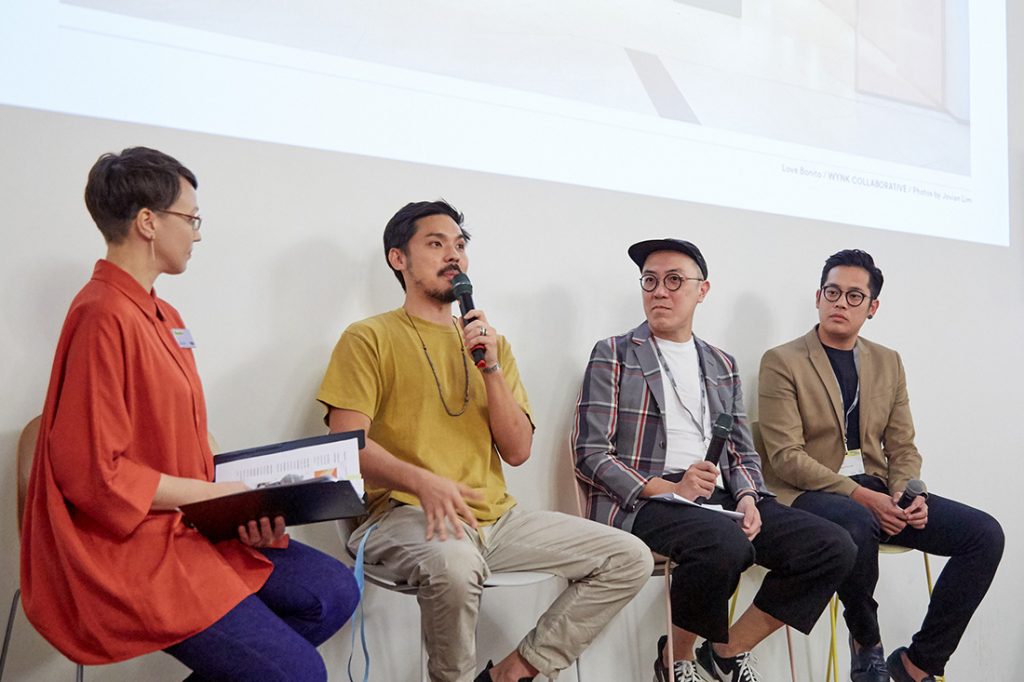
Narelle Yabuka (Moderator), Ken Yuktasevi, Leong Hon Kit, Billy Ip
At Saturday In Design’s Design Conversations last weekend, Narelle Yabuka, Editor of Cubes magazine, Indesignlive.sg and Indesignlive.hk, and the Asia Co-Editor of Habitus, put these questions to a panel of spatial designers. As the line between digital landscape and physical brick and mortar stores blurs, the panel considered where today’s brand experiences begin and end.

“The walls are kind of coming down about where that relationship starts,” said Ken Yuktasevi, Founder of Parable Studio. “It used to be that when I first encountered a brand was when I first walked into a shop, or when I saw someone wearing it. The whole idea of the omnichannel experience is that that relationship starts and ends at any point right there. So that means that you have to pay so much more attention than just the space, than just the graphic or the functionality of something. Now you have to think about the entire story … about how a brand wants to engage an audience because it can happen at any time.”
“And it can stop at any time as well.” Yuktasevi added. “The minute someone doesn’t resonate with what you say as a brand, they could just leave straight away. I think clients are becoming more aware of that and the demand for making sure that every touchpoint makes sense and every touchpoint points towards that actual brand story.”
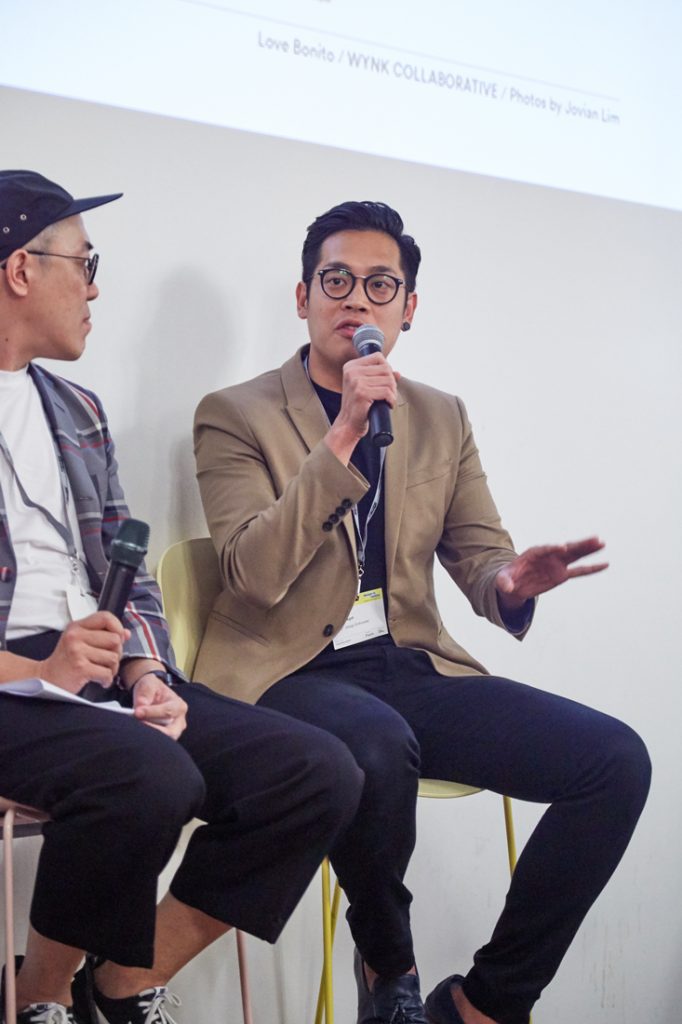
Billy Ip, Principal and Regional Sector Leader at Woods Bagot‘s Hong Kong studio, offered similar observations about how brand experience is no longer limited to the confines of a physical store but encompasses other intangible qualities. For the designer, the work is, he said, “about designing a journey, not designing a shop”, and that the experience of that journey becomes an extension of the brand.
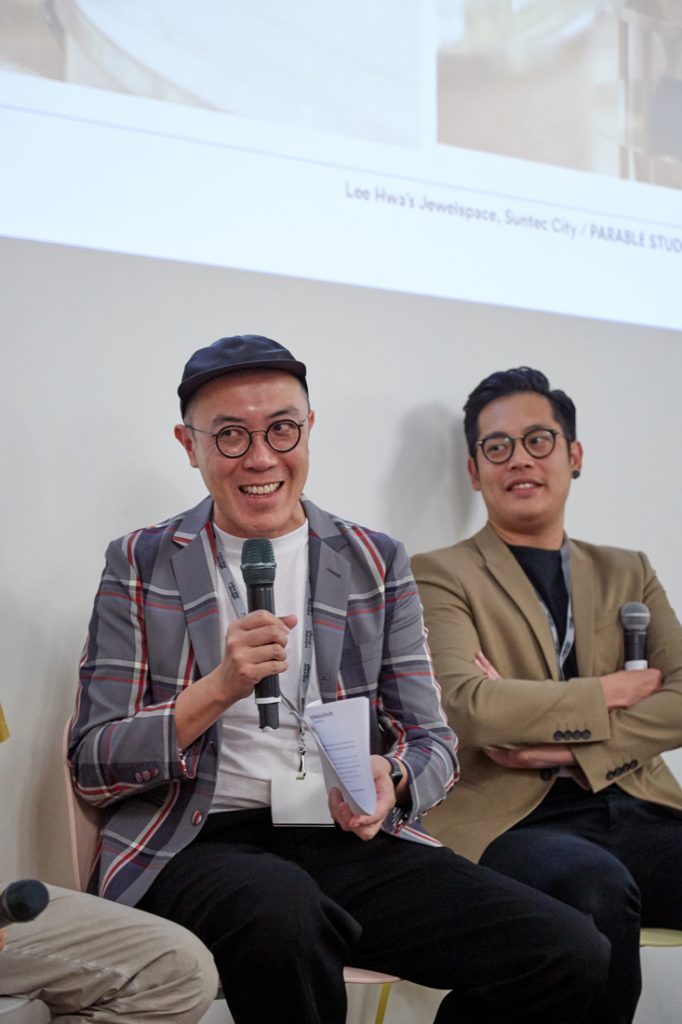
According to Leong Hon Kit, Founding Partner at Wynk Collaborative, brand experience doesn’t really end today. “You’re constantly engaged by brands through different media channels, Twitter, Facebook, Instagram, your friends, and brands are also starting to take on the qualities of being a person,” said Leong. “It’s no longer a company that influences you to buy things or to consume a service; they are your friend—they’re trying to be your friend and to build this very, very long term relationship and to kind of grow with you and change with you along your life.”
Leong said retail designers now take on what he called a “multi-role”, as their work now encompasses more than the creation of a space for sale transactions. He said, “Designers have to be a bit of a designer, a bit of a marketer, a bit of a strategist, and be super aware of ‘customer journey’, operations, and understand the client and the brand from the more high-level perspective to design a store that fits within this broader omnichannel environment.”

Yuktasevi pointed out that millennials are no longer seen as target consumers, but a new generation of clients. “This new generation of client wants to interact with the designer in a totally different way. They’re not interested in a vendor relationship anymore. They’re not just looking for a designer, they’re actually looking for an ally.”

INDESIGN is on instagram
Follow @indesignlive
A searchable and comprehensive guide for specifying leading products and their suppliers
Keep up to date with the latest and greatest from our industry BFF's!

In an industry where design intent is often diluted by value management and procurement pressures, Klaro Industrial Design positions manufacturing as a creative ally – allowing commercial interior designers to deliver unique pieces aligned to the project’s original vision.

Merging two hotel identities in one landmark development, Hotel Indigo and Holiday Inn Little Collins capture the spirit of Melbourne through Buchan’s narrative-driven design – elevated by GROHE’s signature craftsmanship.
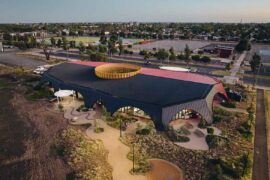
At the Munarra Centre for Regional Excellence on Yorta Yorta Country in Victoria, ARM Architecture and Milliken use PrintWorks™ technology to translate First Nations narratives into a layered, community-led floorscape.
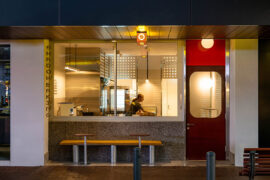
Working within a narrow, linear tenancy, Sans Arc has reconfigured the traditional circulation pathway, giving customers a front row seat to the theatre of Shadow Baking.

The Simple Living Passage marks the final project in the Simple World series by Jenchieh Hung + Kulthida Songkittipakdee of HAS design and research, transforming a retail walkway in Hefei into a reflective public space shaped by timber and movement.
The internet never sleeps! Here's the stuff you might have missed

The Parliamentary Friends reconvened at Parliament House, uniting political and professional leaders to champion architecture and design.

Unveiled at Barangaroo South, Indonesian–Australian artist Jumaadi’s first permanent public artwork layers sculpture, sound and shadow to reimagine how art is encountered in the city.